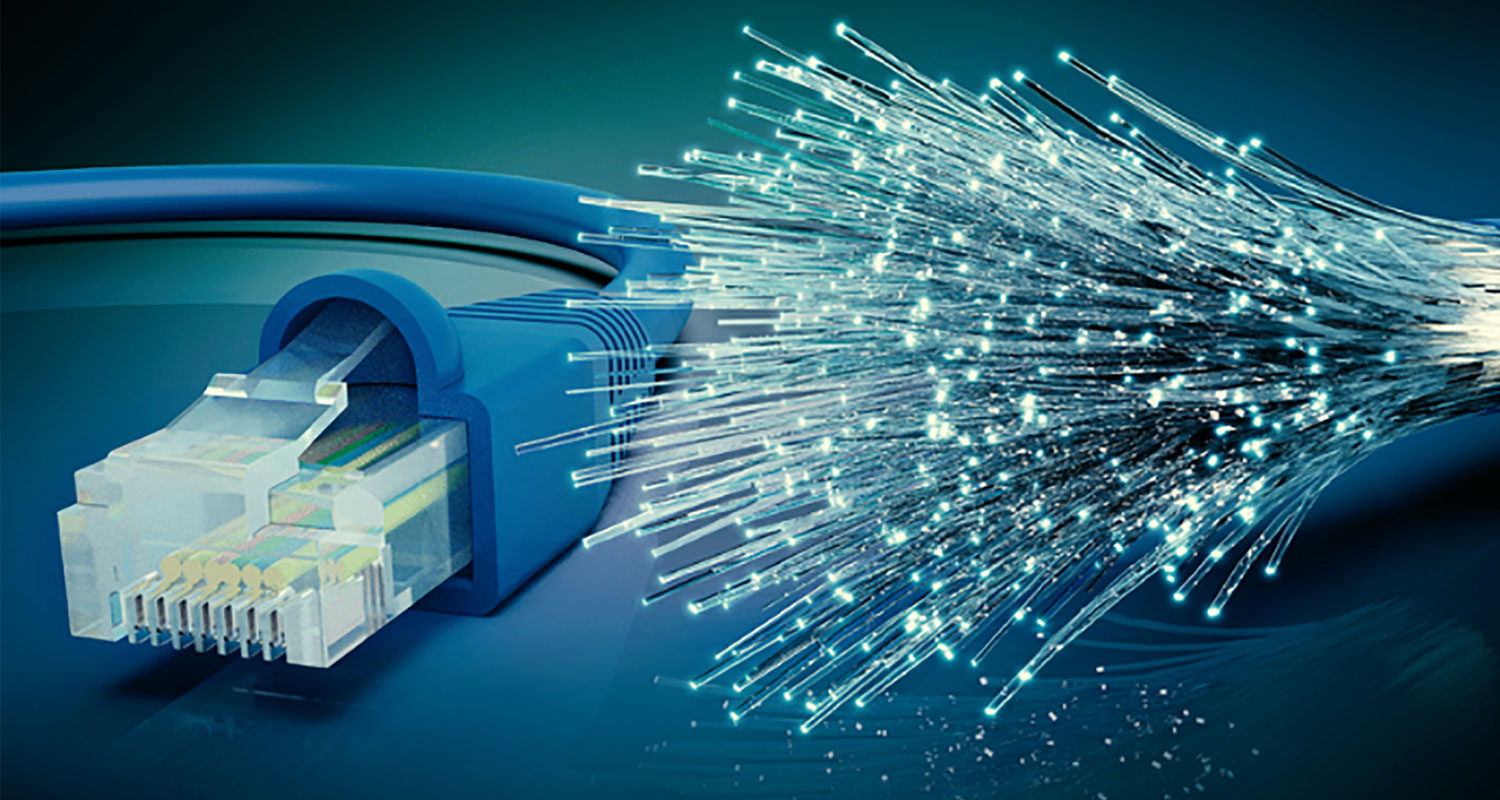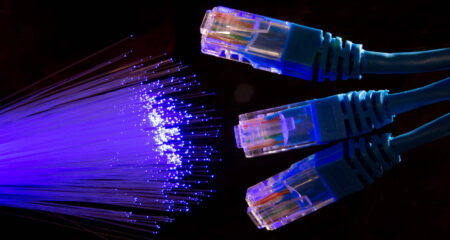 Having served its purpose in ushering in high-speed Internet access in South Africa, ADSL has now reached the end of its life.
Having served its purpose in ushering in high-speed Internet access in South Africa, ADSL has now reached the end of its life.
The technology is outdated and, typical of copper-based commodities, is susceptible to the vagaries of copper theft. In fact, the infrastructure provider of the country’s copper network has completely stopped the replacement of copper cables if they are stolen. Fear not, though: fibre is here to save the day.
It is understandable that those who have come to rely on ADSL may fear the unknown. After all, the ADSL model has become part of the furniture in many households. And just as people have moved on from relying on those Nokia handsets that were as sturdy as bricks, they also need to embrace fibre as the next iteration in the evolution of terrestrial broadband connectivity. Within three years, ADSL will simply not be available at all and, as such, it is best to move to fibre now — before it is too late.
Apart from the downsides of remaining on the deteriorating copper network, the quality of service attainable from fibre-based connectivity must be considered. Comparatively, ADSL is unreliable in terms of speed and performance. It is highly probable, though, that on a fibre connection, a minimum of 90% of the advertised product speed is achieved.
It is often perceived that fibre is more expensive or is difficult to use when compared to the familiarity of ADSL, but this is not the case. There is this handy table that examines the pricing of ADSL and fibre on a per megabyte basis. Roughly translated, this means you can get much faster fibre access at the price you are paying for your current ADSL connection. In addition, existing landline numbers can still be used when making or receiving voice calls on a fibre connection.
The idea of moving over to fibre may seem daunting but rest assured that help is at hand if you need information and assistance with migrating your service. There is a range of speeds to choose from at affordable prices and a team of experienced salespeople are available to explain how everything works. We are even available around the clock should you have any questions or concerns around fibre access, or simply require technical support.
Future-proof
So, beyond the cost, user friendliness, faster speeds and always-on availability, there is another thing to consider: fibre is future-proof. This means it will be around for many years to come. Modern appliances such as televisions, CCTV cameras, washing machines and refrigerators can all simultaneously access the Internet seamlessly through high-speed fibre.
You can also stream everything from movies, music, videos and TV series in high-definition quality in the way it was meant to be seen and heard. Fibre has many uncapped data bundle options to choose from, too, negating the need for data top-ups and expensive out-of-bundle rates. Pay just once a month and enjoy hassle-free Internet connectivity.
So, what are you waiting for? Become part of the digital generation and upgrade to high-speed fibre access today.
- The author, Navisha Naidoo, is product manager for ADSL and FTTH at Vox
- This promoted content was paid for by the party concerned




